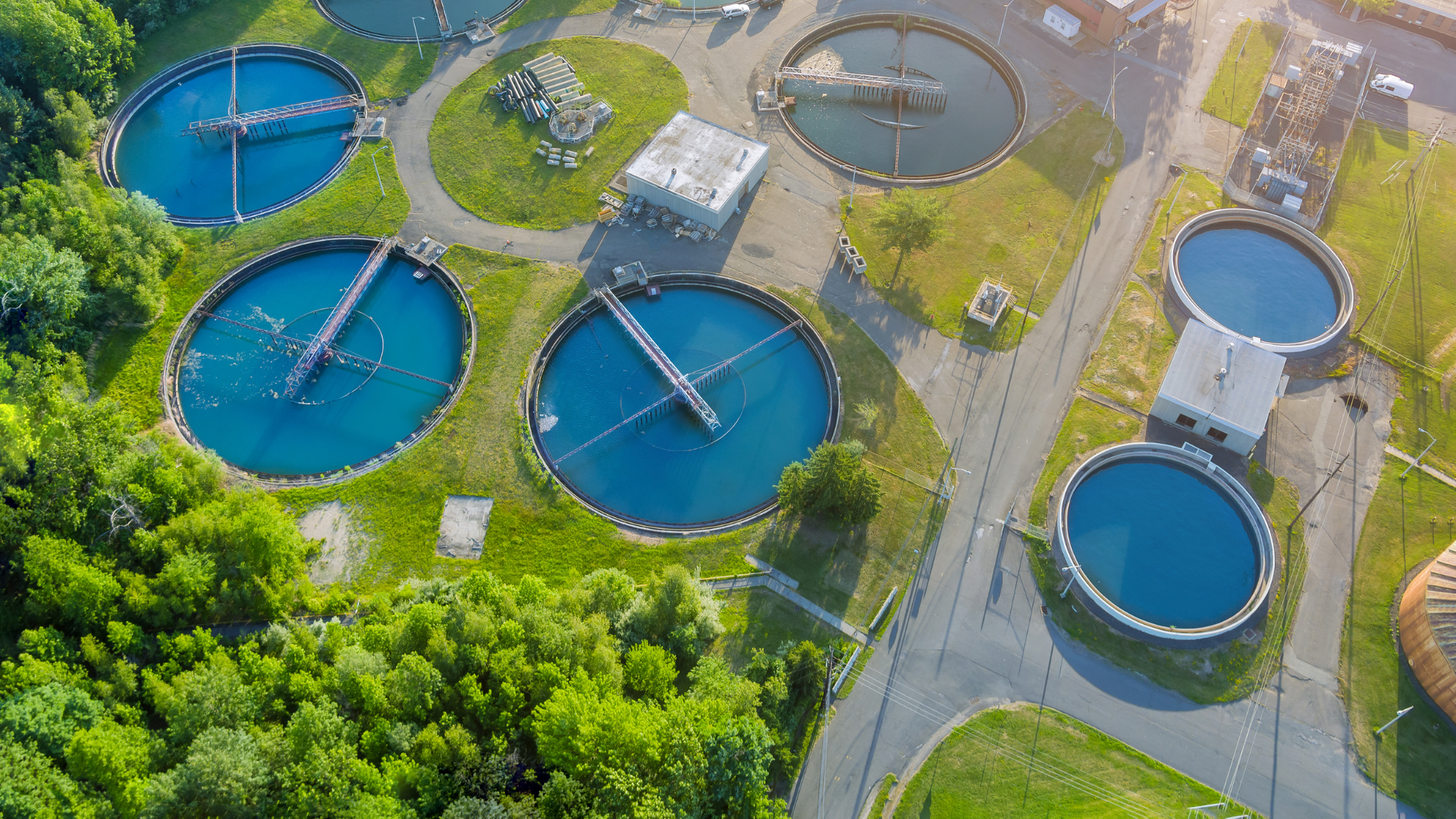With increasing global focus on climate action, the wastewater sector is under pressure to do more than treat water, it must also tackle its greenhouse gas emissions. Nitrous oxide (N₂O), a highly potent greenhouse gas, is now recognized as a critical contributor to the carbon footprint of wastewater treatment plants (WWTPs).
In our recent webinar, “Cracking the Code: Veolia’s 4-Step Journey to Reduce N₂O by 70%”, we explored actionable strategies to measure, understand, and ultimately reduce N₂O emissions from WWTPs. This post summarizes the key insights from the session, bringing practical takeaways to process engineers, plant managers, and environmental decision-makers seeking to future-proof their operations.
About the Webinar
The session was led by Lise Price, N₂O Process Expert, and Mathieu Lamotte, Europe Head of Sales for Veolia’s Hubgrade solution. It was designed for technical and decision-making stakeholders at WWTPs facing stricter environmental regulations and growing demands for carbon neutrality.
The format combined expert presentations, real-world case studies, and a Q&A session, all centred on Veolia’s proven 4-step methodology for N₂O mitigation: Measure, Understand, Strategize, Empower.
Key takeaways
⭐ Measuring N2O: you can't reduce what you don't see
Why it matters: Between the IPCC's 2014 and 2019 reports, N₂O emission factors were revised up by a factor of 35, highlighting just how underestimated this pollutant was. In the context of updated accounting, N₂O emissions can now account for up to 2% of a WWTP’s total carbon footprint.
.png?width=1920&height=1080&name=AR5%20TO%20AR6%20(3).png)
Key points to remember:
- Most emissions (90 to 95%) occur during secondary treatment
- Long term monitoring is essential due to significant daily and seasonal variability
- Avedøre WWTP (Denmark), for example, showed drastic variations in N2O levels over a four-year period which would be invisible with only spot measurements.
- Knowing where and when emissions occur is step one to controlling them
⭐ Understanding biological mechanisms: it's not just about emissions but about pathways
Why it matters: N₂O formation depends heavily on microbiological processes, which in turn depends on operational parameters like aeration, sludge age and influent load.
3 main biological pathways:
- Hydroxylamine oxidation: too much aeration or low AOB presence
- Nitrifier denitrification: triggered by nitrite accumulation and low dissolved oxygen
- Heterotrophic denitrification: results from incomplete denitrification under suboptimal COD or oxygen conditions
⭐ Strategizing scenarios: from reactive to proactive
Why it matters: once you know your plant's emission hotspot and biological profile, you can develop targeted operational strategies.
Actionable strategies:
- Real-time control based on online sensors and DNA insights (from the VUDP “N₂O Control” project)
- Sidestream treatment to reduce NH4 loads, stabilize the mainline, and simplify gas capture
- Aeration phase control to prevent over-stripping of N₂O
- Carbon dosage, SRT adjustments and inlet equalization to create stable biological environments
⭐ Empowering operators: from data to decision-making
Why it matters: With growing regulatory pressure and operational complexity, expecting operators to manage N₂O mitigation unaided is unrealistic.
Hubgrade Wastewater Treatment Plant, Veolia's digital twin, acts as the operator co-pilot:
- Combines SCADA data with real-time analytics thanks to the digital twin
- Provides actionable setpoints every 2 minutes
- Offers 24/7 holistic optimization
Case study: Bjergmarken WWTP (120k PE):
- After one year of activating Hubgrade's N₂O feature, emissions dropped by 78%, with no major CAPEX investment
- Real-time digital support helps maintain compliance, optimize OPEX, and reduce environmental impact.
.png?width=1920&height=1080&name=AR5%20TO%20AR6%20(4).png)
What's next?
The urgency to act is rising fast. The new Danish climate regulation, effective 2025, mandates N2O monitoring and emissions limits for plants above 30,000 PE.
Closing thoughts
You can't manage what you don't measure, but with the right strategy and support, you can achieve major reductions in N₂O. Veolia's 4-steps framework provides a replicable, science-backed approach for WWTPs aiming to meet climate goals while maintaining operational excellence:
- Measure emissions continuously and accurately
- Understand the underlying biological processes
- Strategize with actionable, plant-tailored solutions
- Empower operators with digital control tools.
Author | Hubgrade Performance Team
The Hubgrade Performance Team is composed of process engineers and technical experts dedicated to improving the wastewater industry thanks to digital.

